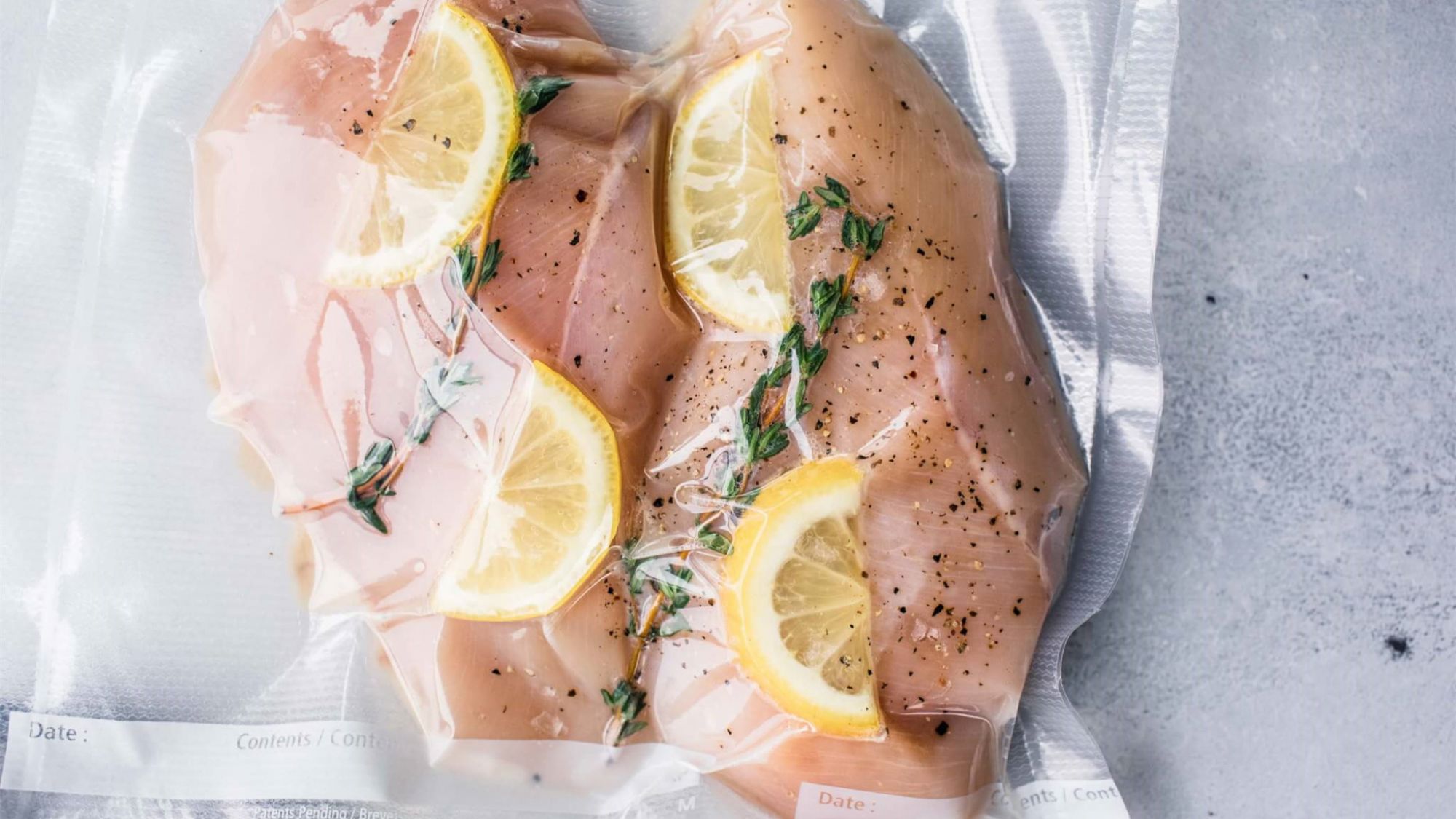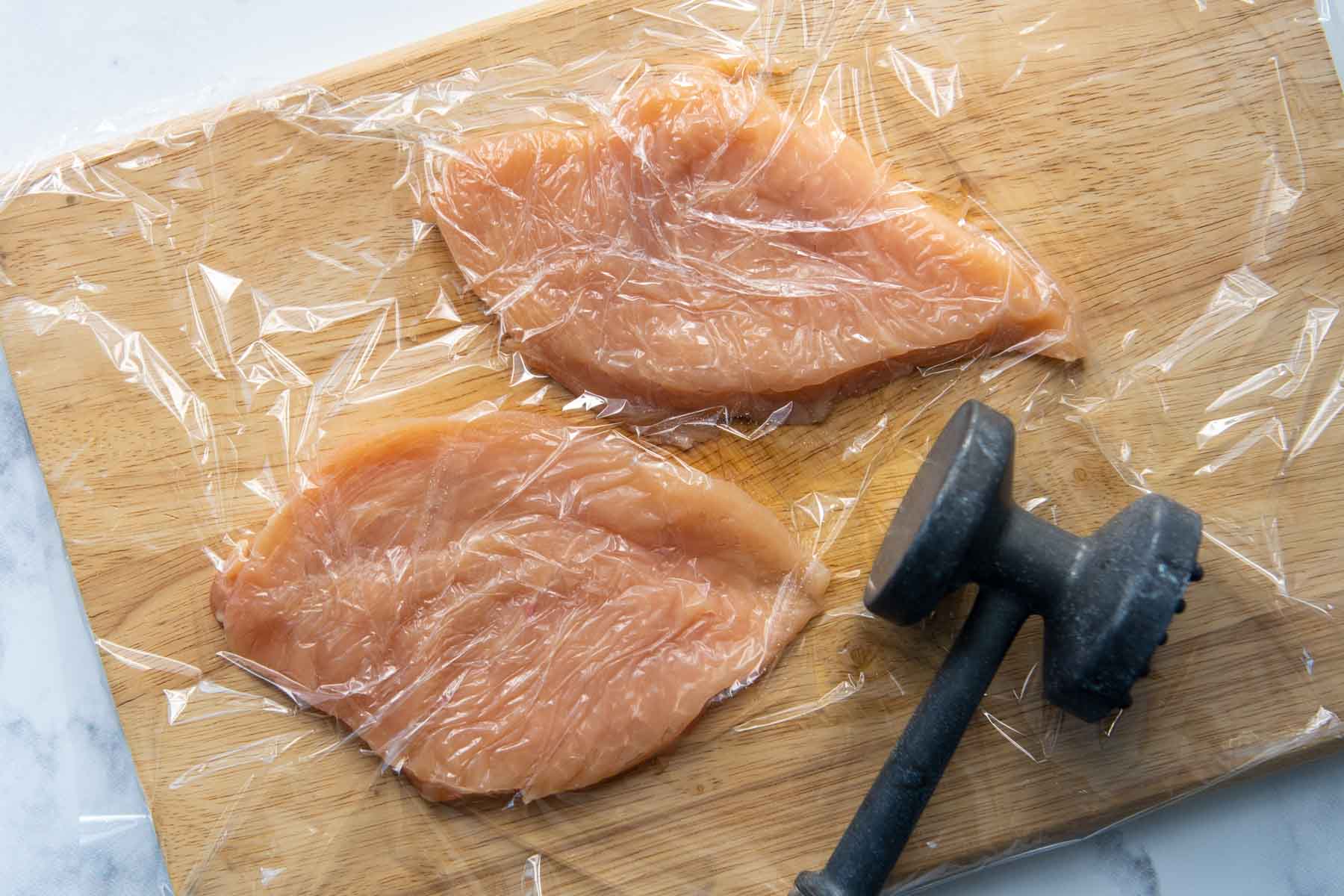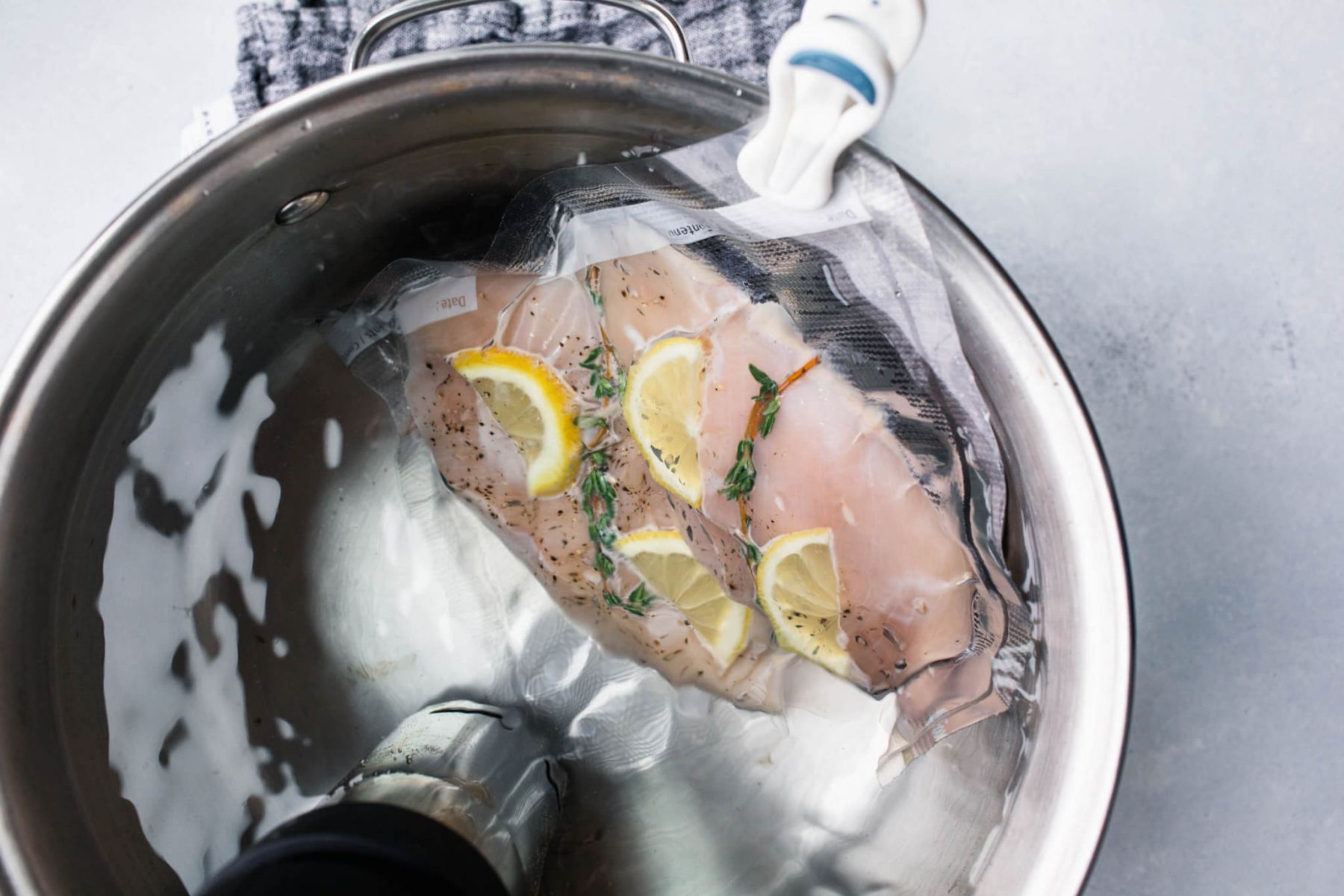Four Methods of Tenderizing Chicken Breasts
Chicken, one of the most common and easily available meats in our daily diet, is high in protein and low in fat and carbohydrate. Compared with other parts of the chicken, chicken breast is the largest piece of meat, which is convenient for making dishes and has a lower fat content. With people being keenly aware of health, they have been paying more and more attention to healthy eating so that chicken breasts have undoubtedly become the choice of cooking.
Someone may be confused why do so many people like chicken breasts even if they taste dry and insipid. Indeed, legs, wings and other parts of the chicken are delicious and juicy with rich fat and not difficult to cook, so they are popular among people. However, chicken breasts can also be cooked well.
Delicious chicken needs to basically cater to the requirement of being tender. Chicken breasts contain less fat and more muscle fibers. And the toughness of meat is relative to the muscle tissue formed by protein. Hence, to make chicken breasts tender, it's necessary to decompose protein and make the meat absorb more moisture.

Method 1: Marinate the Chicken Breast.
Chicken breasts are hard to be flavorful whether fried or boiled, so they will taste better if they are sealed and marinated for a period of time before being cooked. Put the chicken breast and seasonings in a sealed bag, then seal and preserve it in the refrigerator.
Applying condiments with acid ingredients, like vinegar, wine and lemon juice, to marinate meat is beneficial to decompose muscle fibers and protein. But it is best not to season it for too long, and 30 minutes to 2 hours is preferred, otherwise the protein structure of the meat would be weakened.
Salt is also a very common seasoning, which is composed of charged sodium and chloride that will attack protein and make the denaturation happen. The denatured protein has a stronger ability to retain moisture. Therefore, we can directly spread the salt on the chicken breast, with the marinating time being 15 minutes, 1 hour or 4 hours. It's all right to place it in the fridge.

Method 2: Pound the Meat.
Put the side with fascia up and score the surface crosswise with a knife. Then turn the meat over and pound it with the back of the knife until it is flabby. This method destroys the fascial structure of the chicken breast and avoids the bland taste caused by too much fiber and too little fat.

Method 3: Coat the Meat in the Powder.
This method is mainly to wrap the surface of the chicken breast with powders which will become a layer of "protective film" after being heated so that the loss of moisture could be prevented or reduced. And there are no fixed or special types of powders for the meat, with the sweet potato powder, flour, corn starch being acceptable. A better effect can be ensured by stirring powder and water well, soaking the meat in the wet powder and coating it in another layer of dry powder.

Method 4: Sous Vide Chicken Breasts.
Sous vide cooking is capable of further breaking down the protein and tenderizing the meat, although the cooking method of "low temperature and long time" seems to be in contradiction with "Don't Overcook". Place the chicken breast and marinades in a boil-safe bag and keep it in a vacuum state after sealing. Then sous vide it in the water at 149℉ (65℃) for 45 minutes. At this time, the moisture in the chicken breast can be retained, maintaining the fresh flavor and nutrients of the meat perfectly.

Someone may be confused why do so many people like chicken breasts even if they taste dry and insipid. Indeed, legs, wings and other parts of the chicken are delicious and juicy with rich fat and not difficult to cook, so they are popular among people. However, chicken breasts can also be cooked well.
Delicious chicken needs to basically cater to the requirement of being tender. Chicken breasts contain less fat and more muscle fibers. And the toughness of meat is relative to the muscle tissue formed by protein. Hence, to make chicken breasts tender, it's necessary to decompose protein and make the meat absorb more moisture.

Method 1: Marinate the Chicken Breast.
Chicken breasts are hard to be flavorful whether fried or boiled, so they will taste better if they are sealed and marinated for a period of time before being cooked. Put the chicken breast and seasonings in a sealed bag, then seal and preserve it in the refrigerator.
Applying condiments with acid ingredients, like vinegar, wine and lemon juice, to marinate meat is beneficial to decompose muscle fibers and protein. But it is best not to season it for too long, and 30 minutes to 2 hours is preferred, otherwise the protein structure of the meat would be weakened.
Salt is also a very common seasoning, which is composed of charged sodium and chloride that will attack protein and make the denaturation happen. The denatured protein has a stronger ability to retain moisture. Therefore, we can directly spread the salt on the chicken breast, with the marinating time being 15 minutes, 1 hour or 4 hours. It's all right to place it in the fridge.

Method 2: Pound the Meat.
Put the side with fascia up and score the surface crosswise with a knife. Then turn the meat over and pound it with the back of the knife until it is flabby. This method destroys the fascial structure of the chicken breast and avoids the bland taste caused by too much fiber and too little fat.

Method 3: Coat the Meat in the Powder.
This method is mainly to wrap the surface of the chicken breast with powders which will become a layer of "protective film" after being heated so that the loss of moisture could be prevented or reduced. And there are no fixed or special types of powders for the meat, with the sweet potato powder, flour, corn starch being acceptable. A better effect can be ensured by stirring powder and water well, soaking the meat in the wet powder and coating it in another layer of dry powder.

Method 4: Sous Vide Chicken Breasts.
Sous vide cooking is capable of further breaking down the protein and tenderizing the meat, although the cooking method of "low temperature and long time" seems to be in contradiction with "Don't Overcook". Place the chicken breast and marinades in a boil-safe bag and keep it in a vacuum state after sealing. Then sous vide it in the water at 149℉ (65℃) for 45 minutes. At this time, the moisture in the chicken breast can be retained, maintaining the fresh flavor and nutrients of the meat perfectly.


